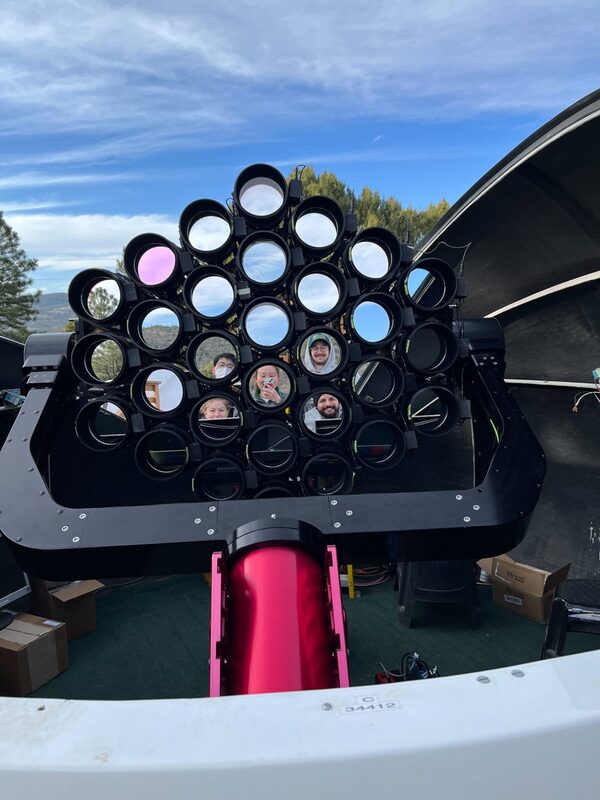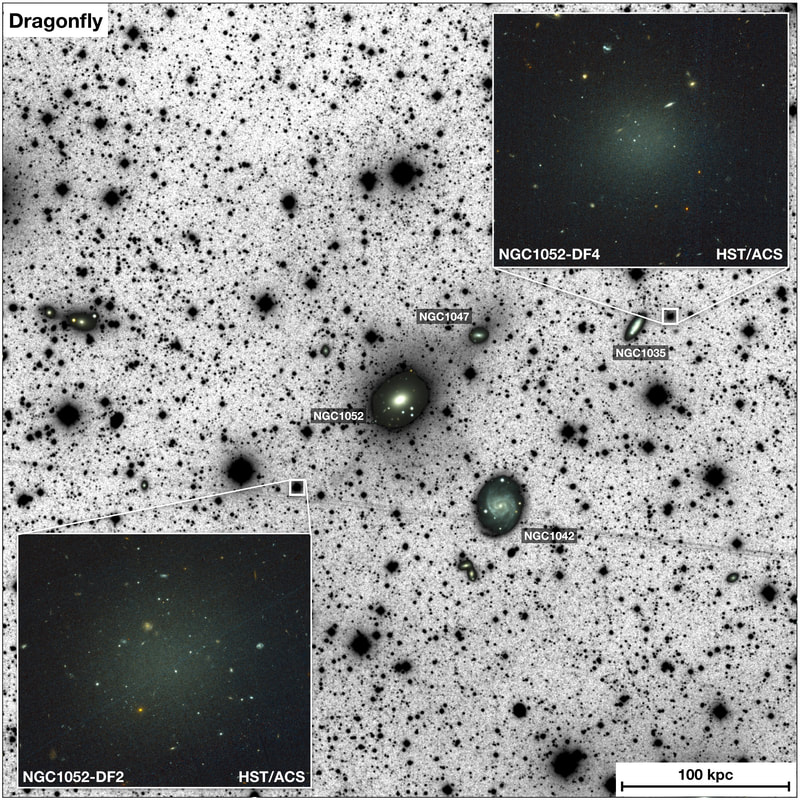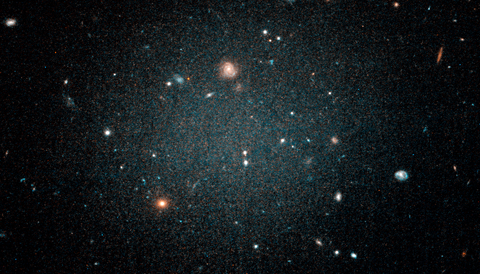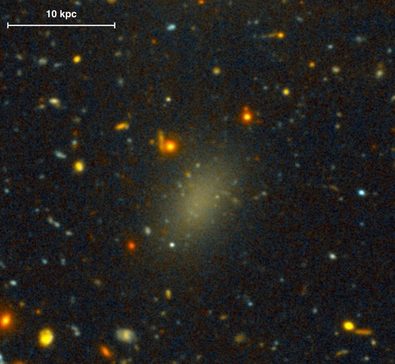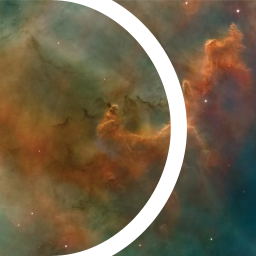Dragonfly in the news
|
Dragonfly Spectral Line Mapper
Seery Chen, a student at the University of Toronto, got in touch about their Raspberry Pi-powered PhD thesis project: a telescope called the Dragonfly Spectral Line Mapper. Dragonfly design inspiration The design is based on the Dragonfly Telephoto Array, which was developed to find clues to the distribution and nature of dark matter in the universe by imaging faint and spread-out objects in the sky. The original Dragonfly is a telescope made up of a mosaic of Canon telephoto lenses on two mounts. The lenses all point to the same target in the sky: adding together all the images from the mosaic of lenses makes Dragonfly the equivalent of a one-metre telescope. One of those would usually have a starting price of around $500,000. Looking at intergalactic gas While the original Dragonfly was built to look at starlight, the Dragonfly Spectral Line Mapper looks at gas. Special filters were added to target a specific wavelength of light, allowing imaging of the “glow” of gas around galaxies. The gas this Dragonfly is looking for is what’s called the circumgalactic medium; this is a huge reservoir of gas and plasma that surrounds a galaxy. The circumgalactic medium can act as a sort of barrier between galaxies themselves and the space between them, which is sometimes called intergalactic space. The circumgalactic medium is really diffused and faint, making it difficult to observe, but the combined strength of Dragonfly’s multiple lenses and the special filters mean that not only can you observe this elusive gas, but you can also take a picture of it. |
NGC1052 - DF4
|
Dragonfly g+r image with Hubble Space Telescope insets
van Dokkum et al. (2019) |
Much as a ripple in a pond reveals a thrown stone, the existence of the mysterious stuff known as dark matter is inferred via its wider cosmic influence. Astronomers cannot see it directly, but its gravity sculpts the birth, shape and movement of galaxies. This makes a discovery from last year all the more unexpected: a weirdly diffuse galaxy that seemed to harbor no dark matter at all.
Even as some researchers hailed the finding, others aired their doubts, criticizing measurements of the galaxy’s distance and motion. The stakes are high: If the galaxy does in fact lack dark matter, that would paradoxically bolster the case for the material’s existence. Now the original team is back with additional evidence confirming their initial discovery, plus a newfound second galaxy that appears to show the same thing—or, rather, the lack thereof. Where once there was but one ultradiffuse galaxy seemingly free of dark matter, now, it seems, there are two. Continue reading ... |
NGC1052 - DF2
|
Hubble Space Telescope image of NGC1052 - DF2
|
You can’t have a cup of coffee without the cup. Astronomers have long thought the same goes for galaxies and dark matter: the dark matter forms the cup, and the galaxy coalesces from the gas that pours into that cup, pulled there by gravity.
The fluffy galaxy NGC 1052-DF2 makes no sense in this picture: it’s the coffee without the cup. Using an impressive collection of ground- and space-based observations, Pieter van Dokkum (Yale) and colleagues have found that this diffuse galaxy has at most 1/400 as much dark matter as expected, based on other systems of similar mass. In fact, the best explanation may be that there’s no dark matter at all. Continue reading ... Listen (CBC Radio's Quirks & Quarks) |
Dragonfly 44
|
Gemini Observatory/AURA image of DF44
|
Using the world’s most powerful telescopes, an international team of astronomers has discovered a massive galaxy that consists almost entirely of Dark Matter. Using the W. M. Keck Observatory and the Gemini North telescope – both on Maunakea, Hawai‘i – the team found a galaxy whose mass is almost entirely Dark Matter. The findings are being published in The Astrophysical Journal.
Even though it is relatively nearby, astronomers had missed the galaxy, named Dragonfly 44, for decades because it is very dim. It was discovered just last year when the Dragonfly Telephoto Array observed a region of the sky in the constellation Coma. Upon further scrutiny, the team realized the galaxy had to have more than meets the eye: it has so few stars that it quickly would be ripped apart unless something was holding it together. Continue reading ... |

